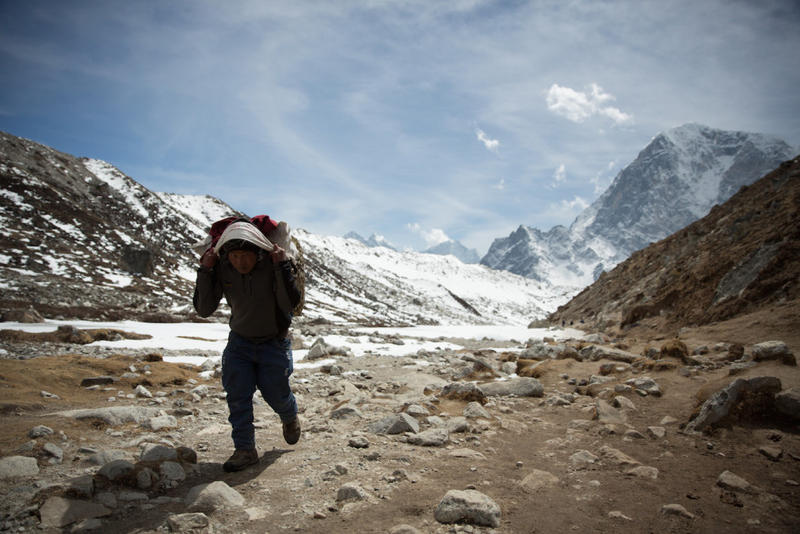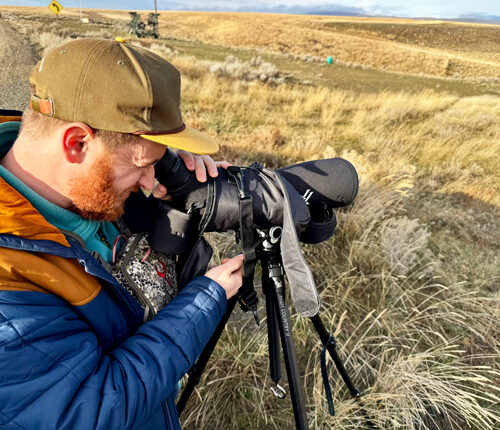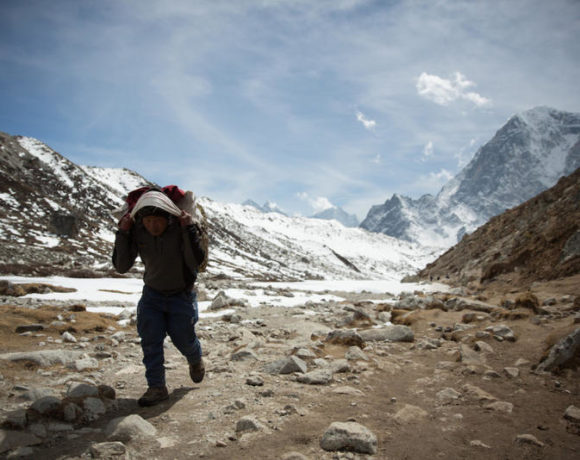
Mount Everest Has A Poop Problem. A Team From Seattle Wants To Clean It Up
Listen
It’s a unique problem: How to dispose of human waste on Mount Everest? The mountain’s climatic conditions and high altitude has baffled engineers. But a group of Northwest researchers has possibly found a solution.
Everyone poops, even climbers on the world’s tallest mountain. All that human waste has caused a lot of problems for local villagers near Mount Everest’s base camp.
That’s why a group of Northwest volunteers designed a solar-powered contraption that can turn that 26,000 pounds of human waste each year into energy and fertilizer for the villagers.
Garry Porter is the co-founder of the Mount Everest Biogas Project. He says the system that relies on something called a digester has to work at near-freezing temperatures year-round and at more than 17,000 feet.
“It also had to be relatively rugged, man-portable and low-tech, and it had to be available in Nepal,” Porter said.
The project just received a Mountain Protection Award. They hope to have the system up and running by the end of next fall.
If it works, Porter says it could be set up at other high altitude, high traveled spots.
Copyright 2017 EarthFix
Related Stories:

How does climate affect your life? Tri-Cities survey open now
Cities, towns and counties are starting to plan for a future with climate change. Now, the Tri-Cities area is asking people about regional hazards and historical trends. (Credit: Simon Foot

Canadian leaders hope trade negotiations won’t derail Columbia River Treaty
A view of the Columbia River in British Columbia. The Columbia River Treaty is on “pause” while the Trump administration considers its policy options. However, recent comments by President Donald

Searching for sage grouse: Looking for a chicken-sized needle in south-central WA
Seth Hulett, Audubon Washington’s senior program manager of the Columbia Plateau, searches through his spotting scope for sage grouse. (Credit: Courtney Flatt / NWPB) Listen (Runtime 4:12) Read In south-central















